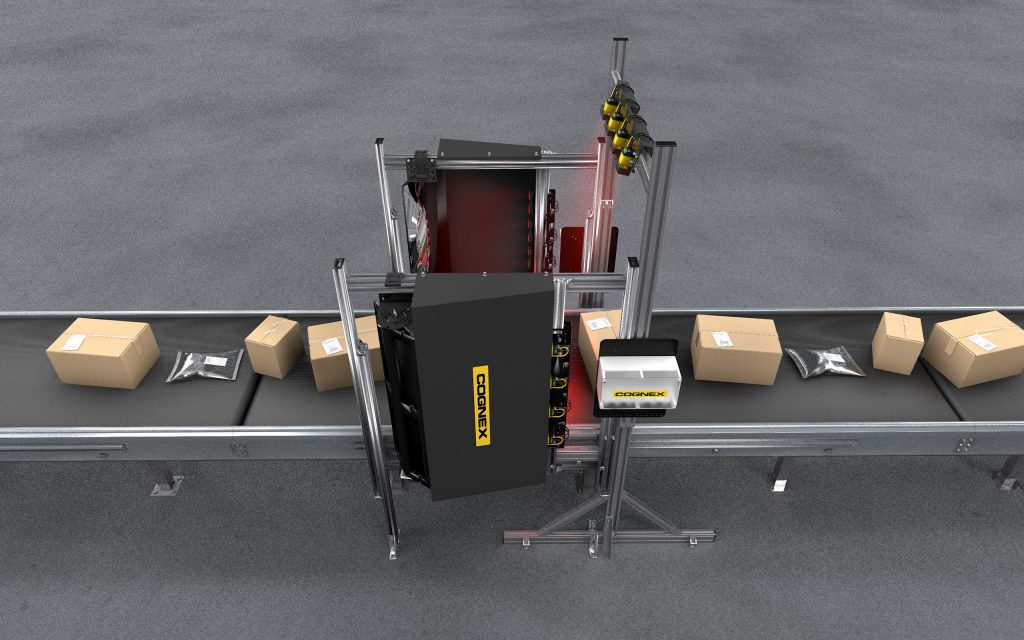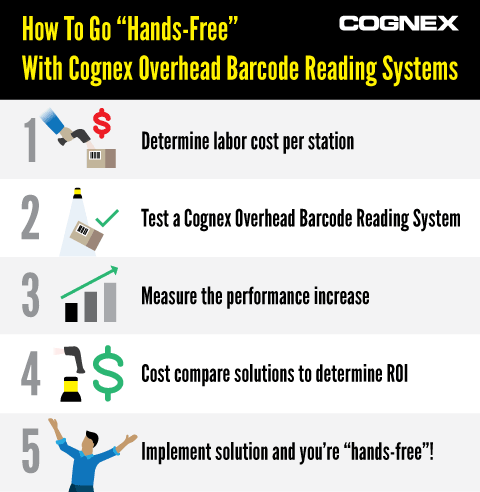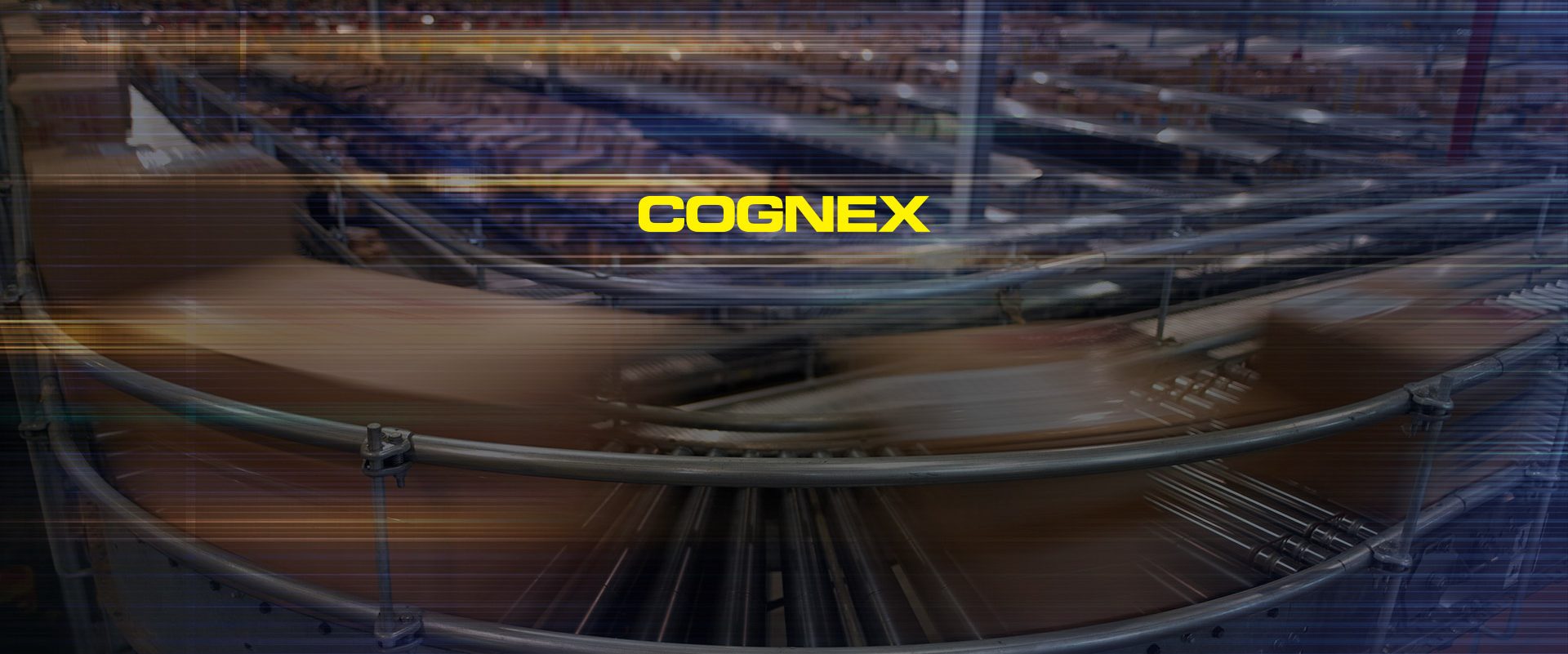If your ecommerce or logistics department could save five seconds on every item it picked for your customers, imagine what that could do for your business.
That’s what happened to one company recently when it upgraded its barcode readers from traditional laser scanners to an ‘image-based’ optical system.
Most of us have experienced the big issue with those red laser barcode scanners – remember when the checkout staff tried again and again to scan that shopping in your basket – before typing it in manually?
That’s a 1D laser scanner; one laser projected onto a barcode, with the reflected light measured and converted into electrical pulses, which are then computed into usable data. Fine until even just a single line in the barcode was damaged, then you’d have to move the laser to find a clear scan or go back to entering codes by hand.
If it’s one item in your weekly shop, the worst you’ll get is a few eye rolls from the queue behind. But when it’s slowing down your dispatch department or costing your business hours in manual checks and troubleshooting, that’s when it gets serious.
20 years ago laser scanners were everywhere. But lasers wear out over time, because they have moving parts. Today, those sites using these systems are used to working around the ‘lived-with’ problems. The tech might still be working, but they’ll probably have a chute full of boxes with unreadable codes and an operator checking each one. The quick fix is a manual one.
The read rate might be 99.8 percent – but 0.2% is still a huge number in the world of logistics. Every failed read means manually picking up a parcel and rescanning it; for big businesses that’s thousands of parcels and hours of manual checks.
The long-term solution to this costly conundrum? I gave it away at the start – it’s shifting from laser to optical barcode scanning.
High-speed scanning of any shape, size or colour

As the name suggests, with an optical scanner you’re taking an image of the barcode instead, and you can do a lot more with that image when the barcode is hard to read. Image processing can add higher contrast for damaged or distorted code.
Adding fixed cameras on a conveyor can capture a badly fitted label or misshapen parcel from any angle – left, right, front, back, top and bottom – and they’re programmed to prevent multiple scans of the same item.
Mounted, image-based barcode readers can perform at higher speeds than fixed laser alternatives – on lines running up to 3.5 metres per second.
This is because of the greater depth of field; that’s the distance from where you can first begin to see something, to the point at which you no longer can. As a result, the read rate tends to be far higher with optical than laser.
The big new opportunity with image readers is that when it doesn’t read, you can diagnose the problem far easier because you’ve got the image stored for analysis.
Compare that to laser scanning, where you know there’s a problem, but it takes a manual check every time to see what’s going on.
Working with the optical camera specialists at Cognex, we’re leading this change in mindset from laser to using image scanners to ‘interrogate’ barcodes. Because you’re capturing the whole area, not just a single line, if one line in the barcode doesn’t work, no matter.
Fewer moving parts means less maintenance. And fewer handheld devices means less cleaning and sanitising; something we’re all thinking about more these days.
A high read rate doesn’t mean a high price tag

Price is an old misconception that still tends to linger around this technology. The return on investment depends on volumes and current read rates, of course, but in many cases we’re talking months, not years.
And that investment is genuinely future-proofed, because optical scanners can read 2D codes. The sheer volume of information you can store on a 2D barcode means this is where the whole market is heading over the next decade.
As for the big growth industry of the last decade, logistics, we’re now seeing a shift taking place from expansion to efficiency. How efficiently can you process each parcel through your plant? That’s the most important measure of all, so anything to improve it – like saving five seconds on every package you scan- is worth serious consideration.
If you’re serious about improving your efficiencies, optical is the way to go.

